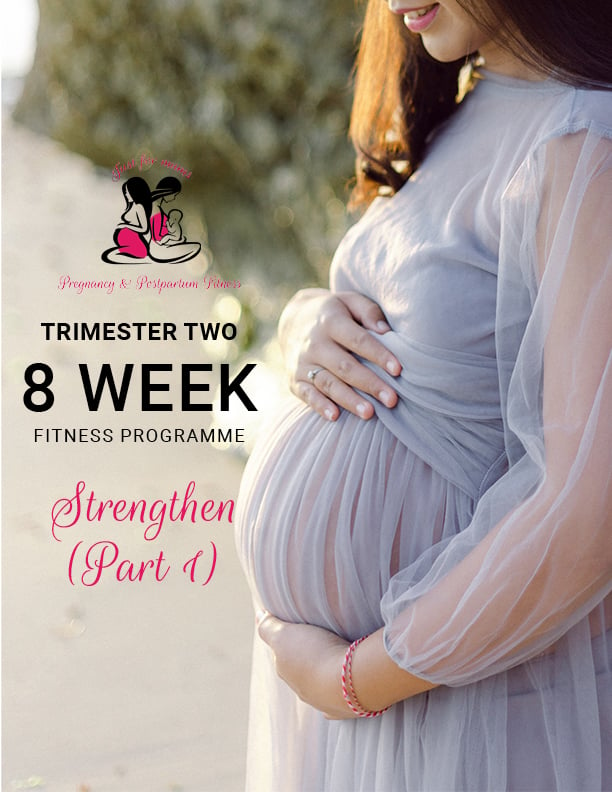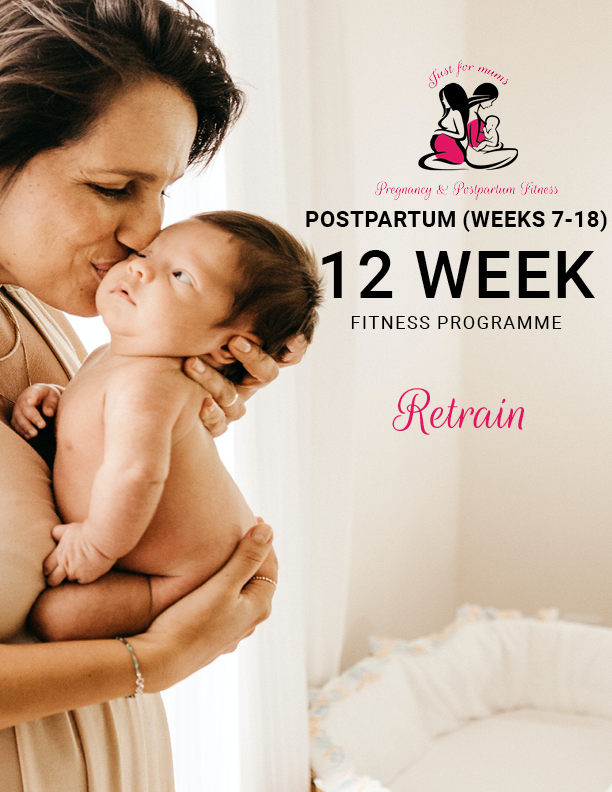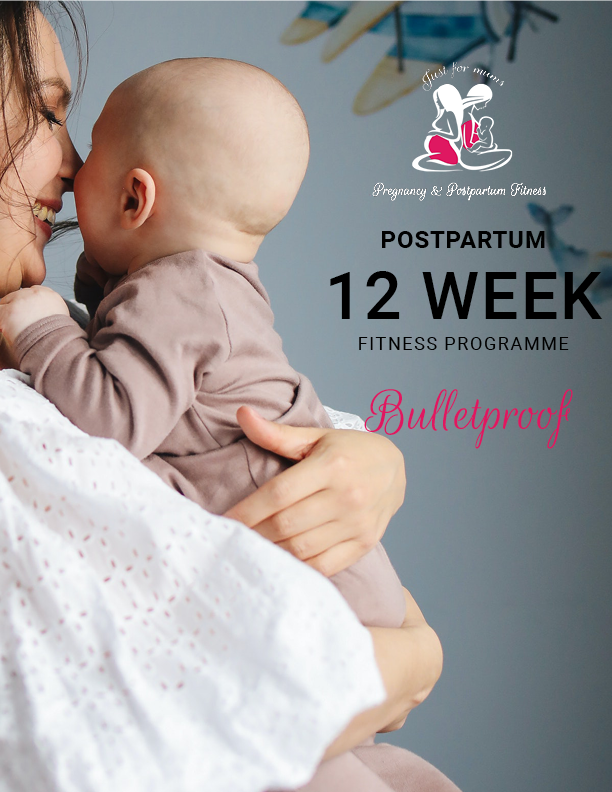Forget the overwhelm of busy gyms or generic group classes. At our private home studio on Auckland’s North Shore, you’ll receive focused, one-on-one personal training designed entirely around your unique body, goals, and stage of motherhood.
Every session is guided by a Lydia, a certified pre/postnatal trainer and begins with a full movement and lifestyle assessment.
Your program will integrate pelvic floor and core-aware exercises, strength training, mobility work, posture support, and low-impact cardio—crafted to be safe and effective whether you're pregnant, newly postpartum, or years down the track.
Fexible session times, and affordable options starting from just $30, our training packages are tailored to fit around your busy life. This is personalised fitness, grounded in care and results.










